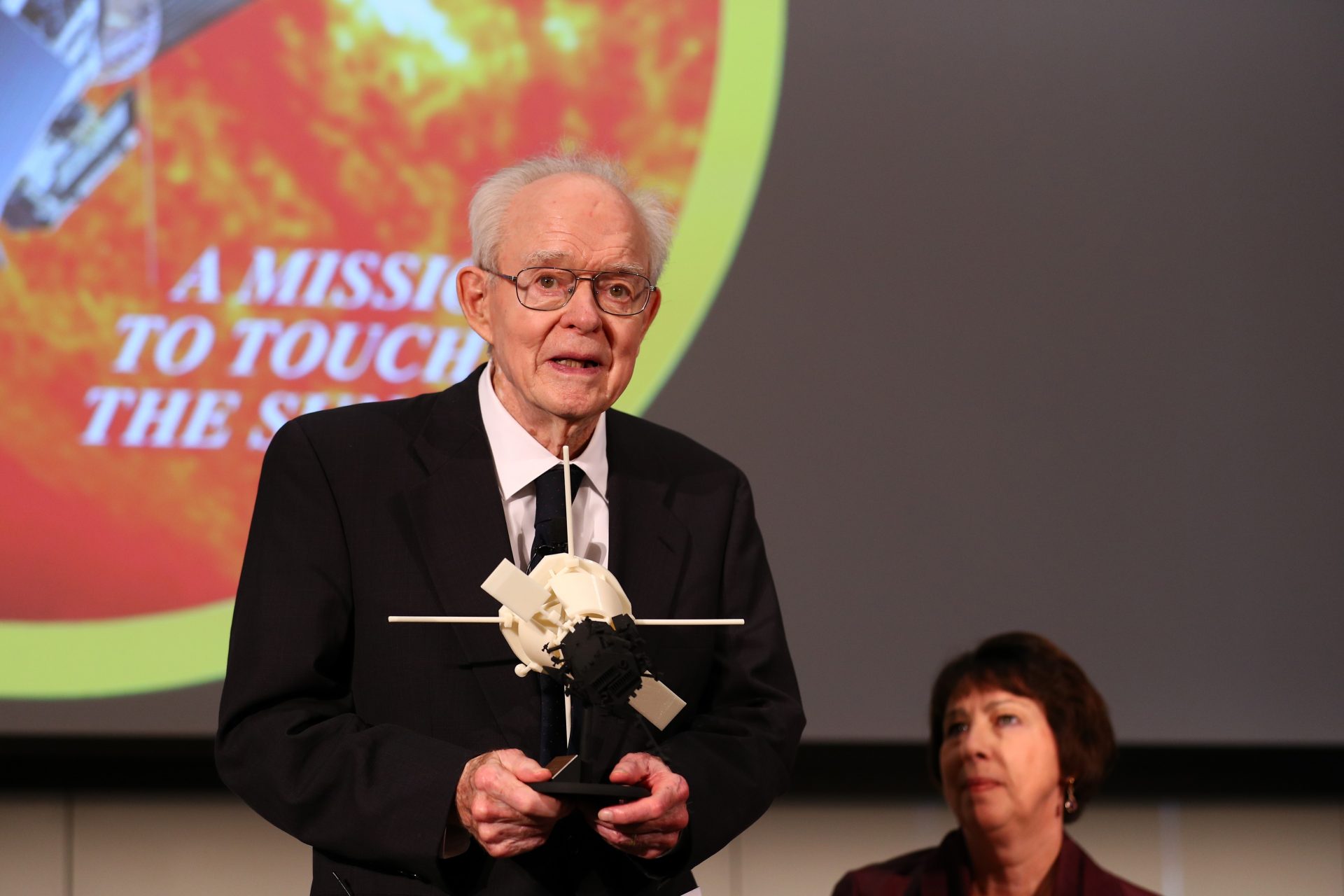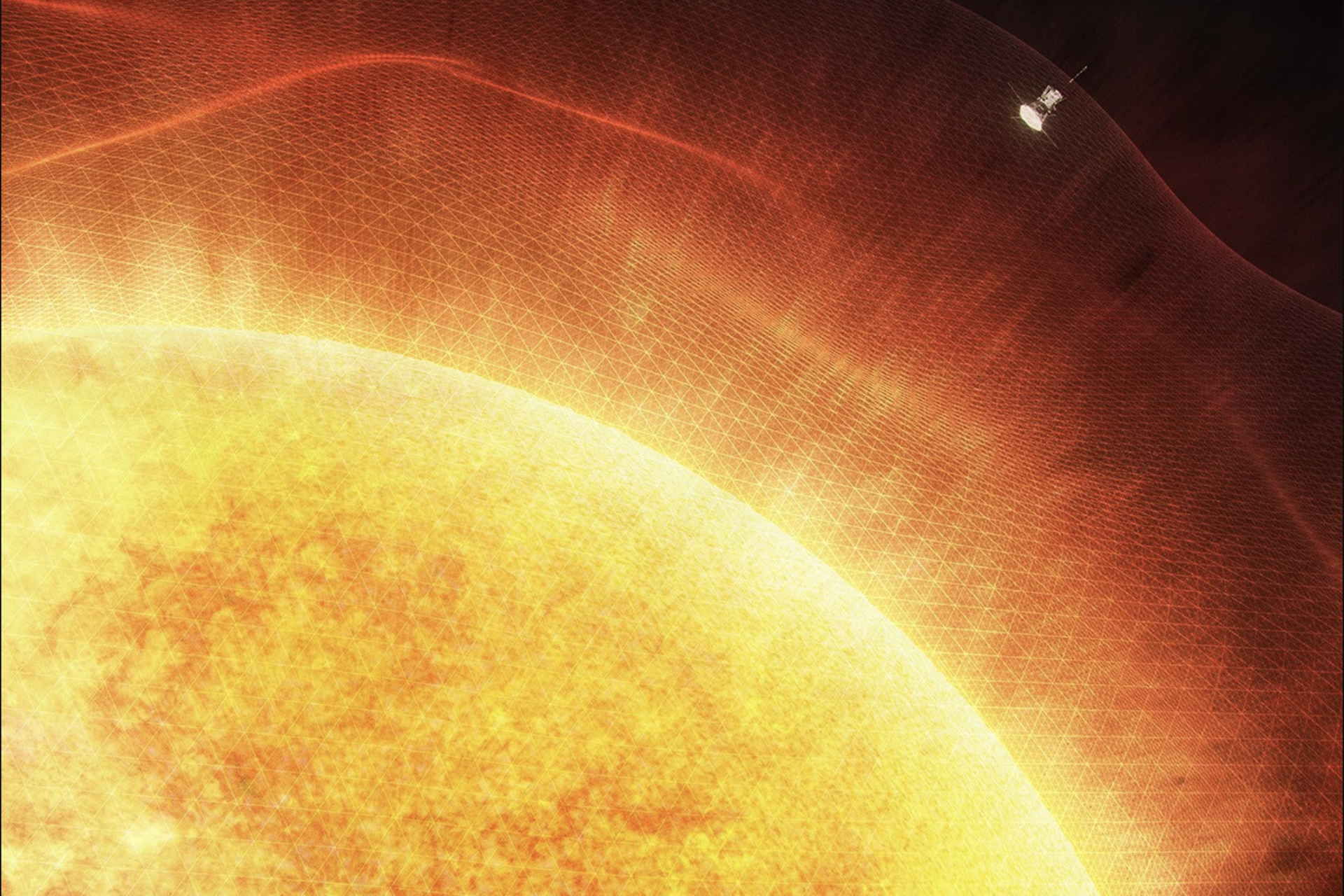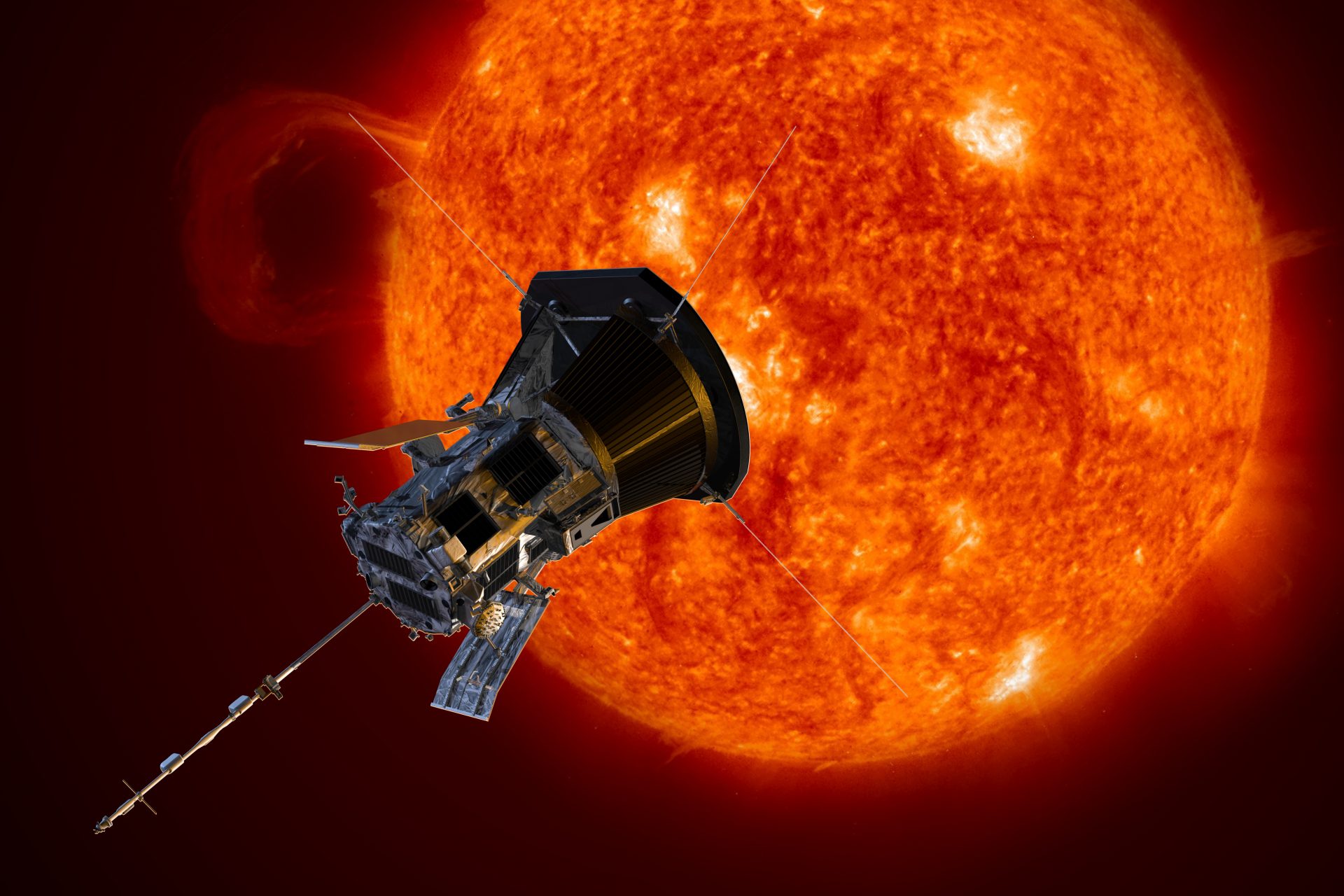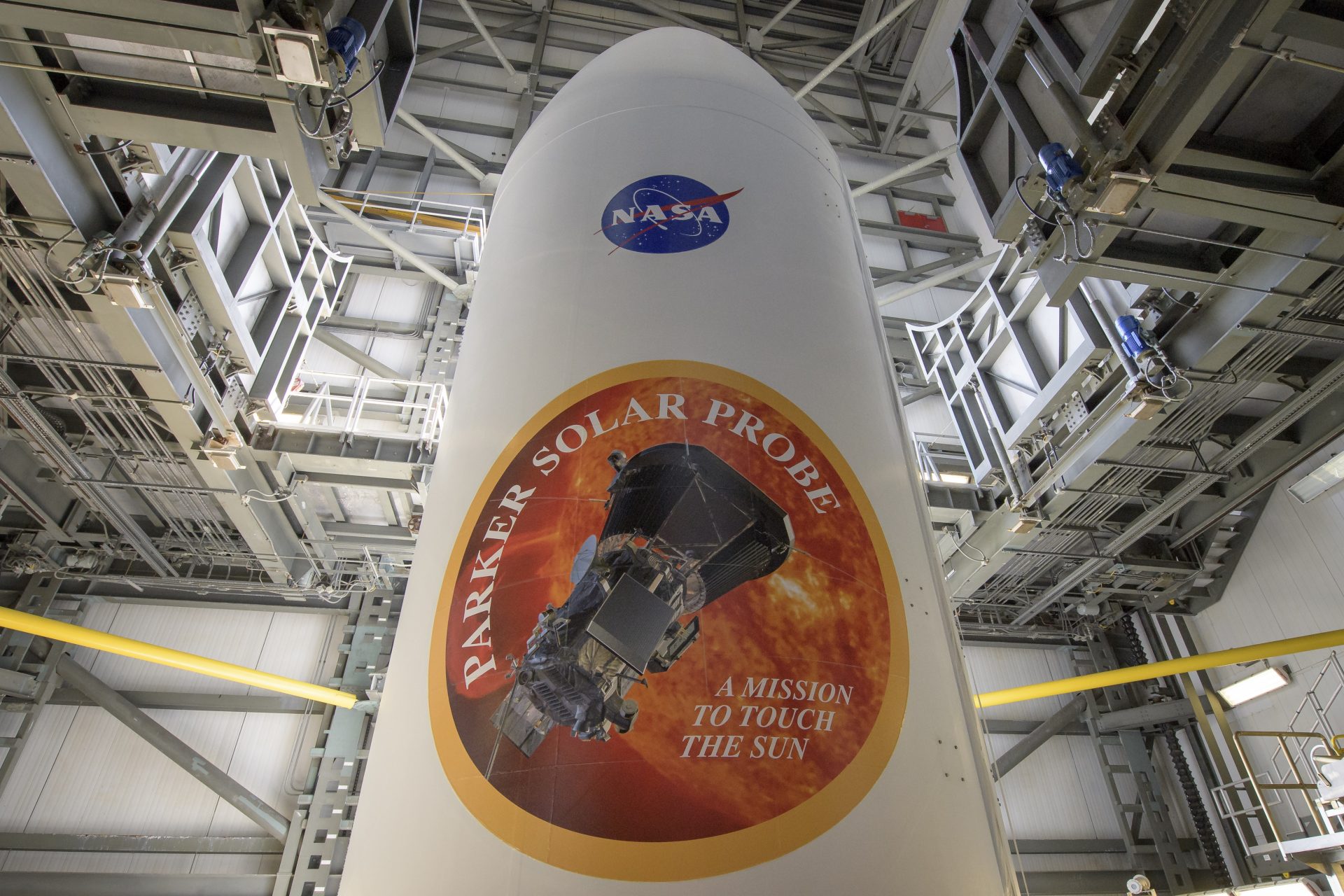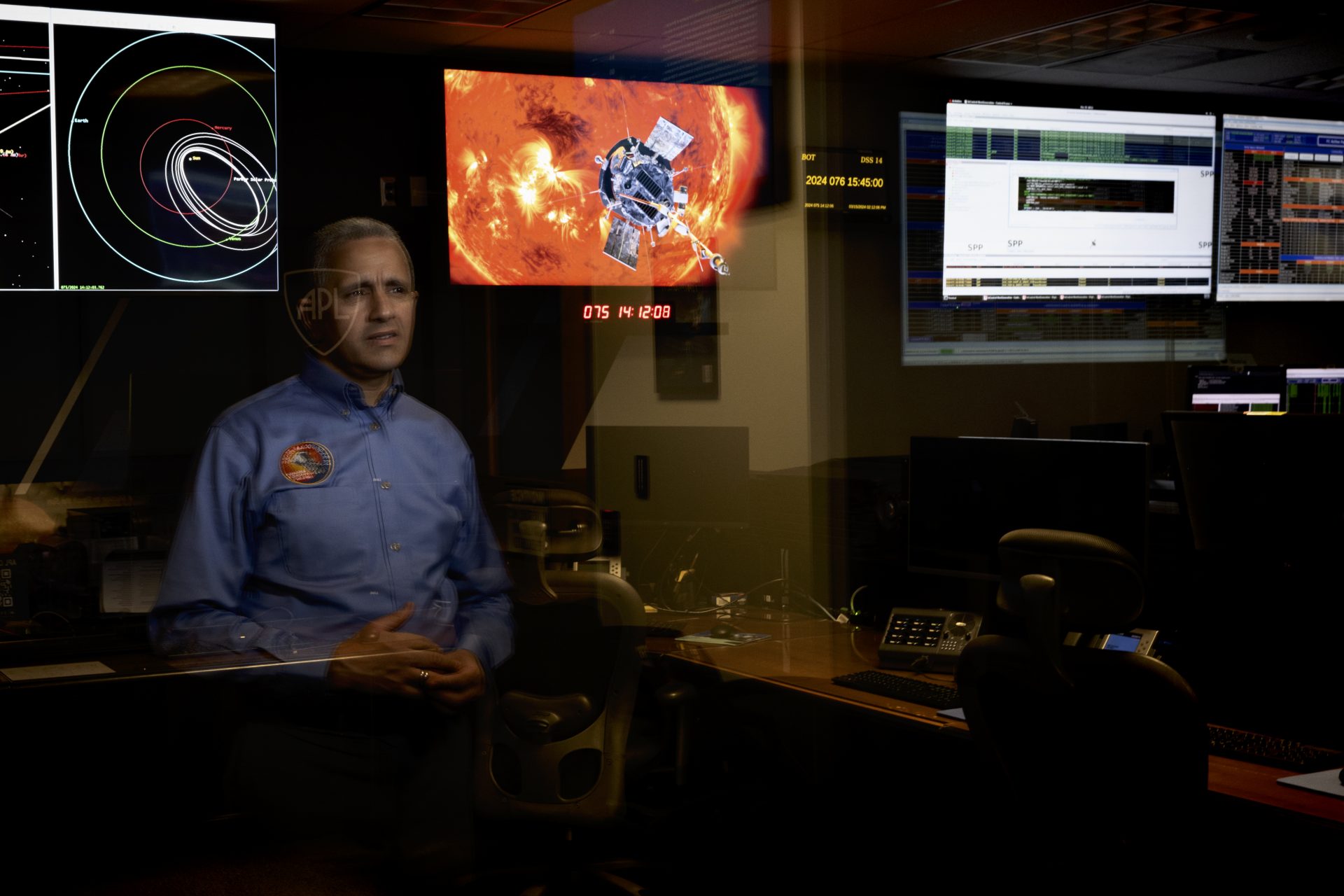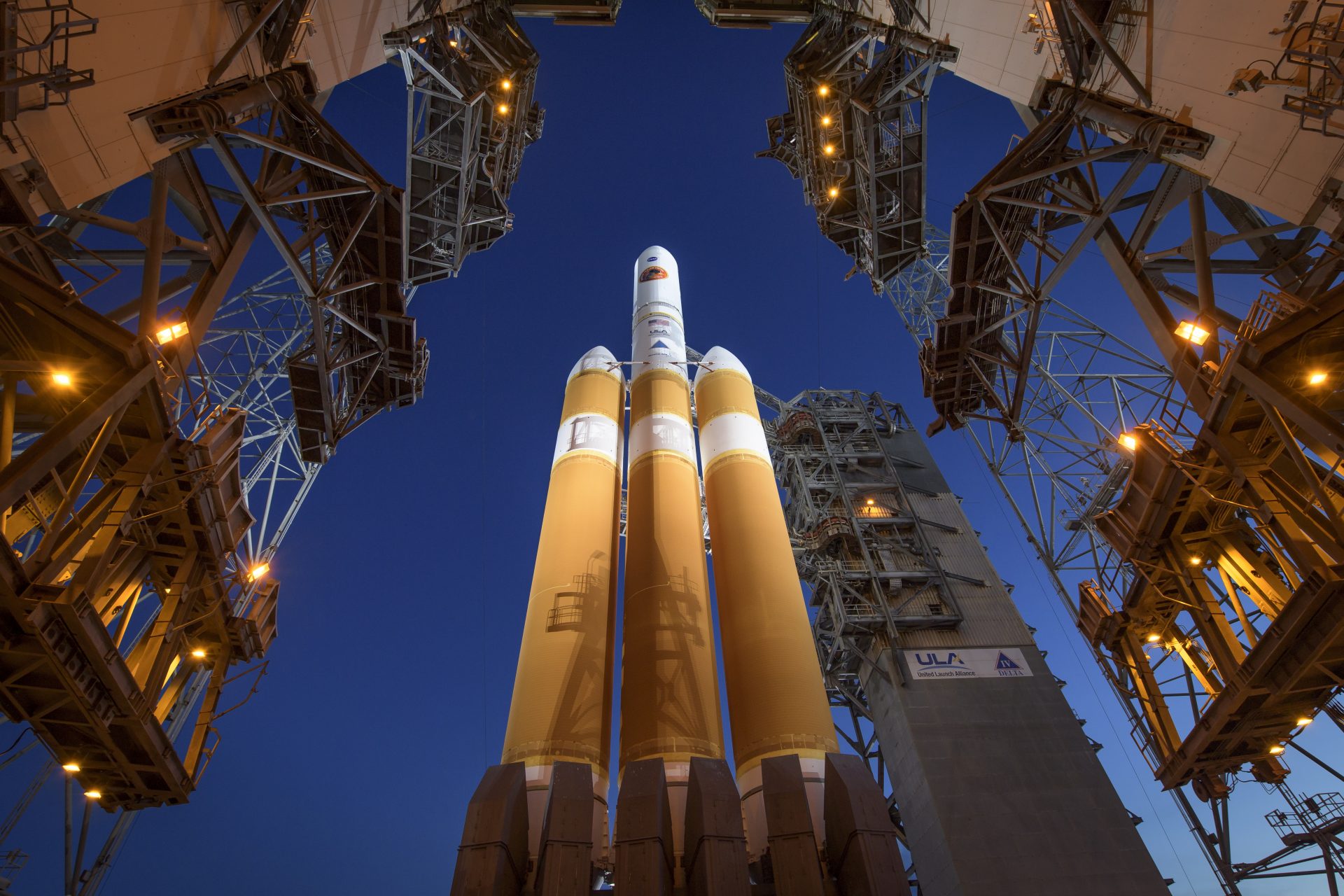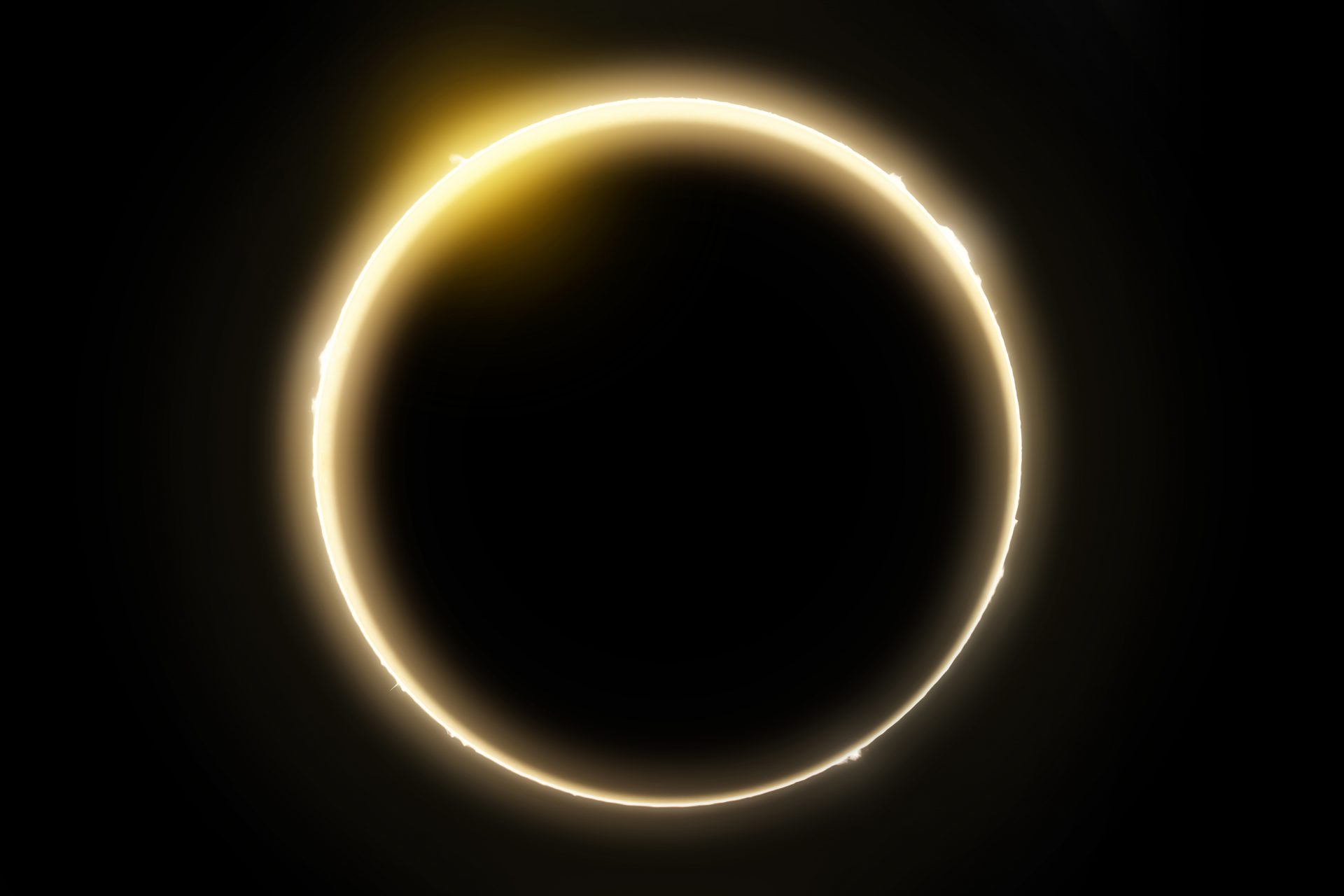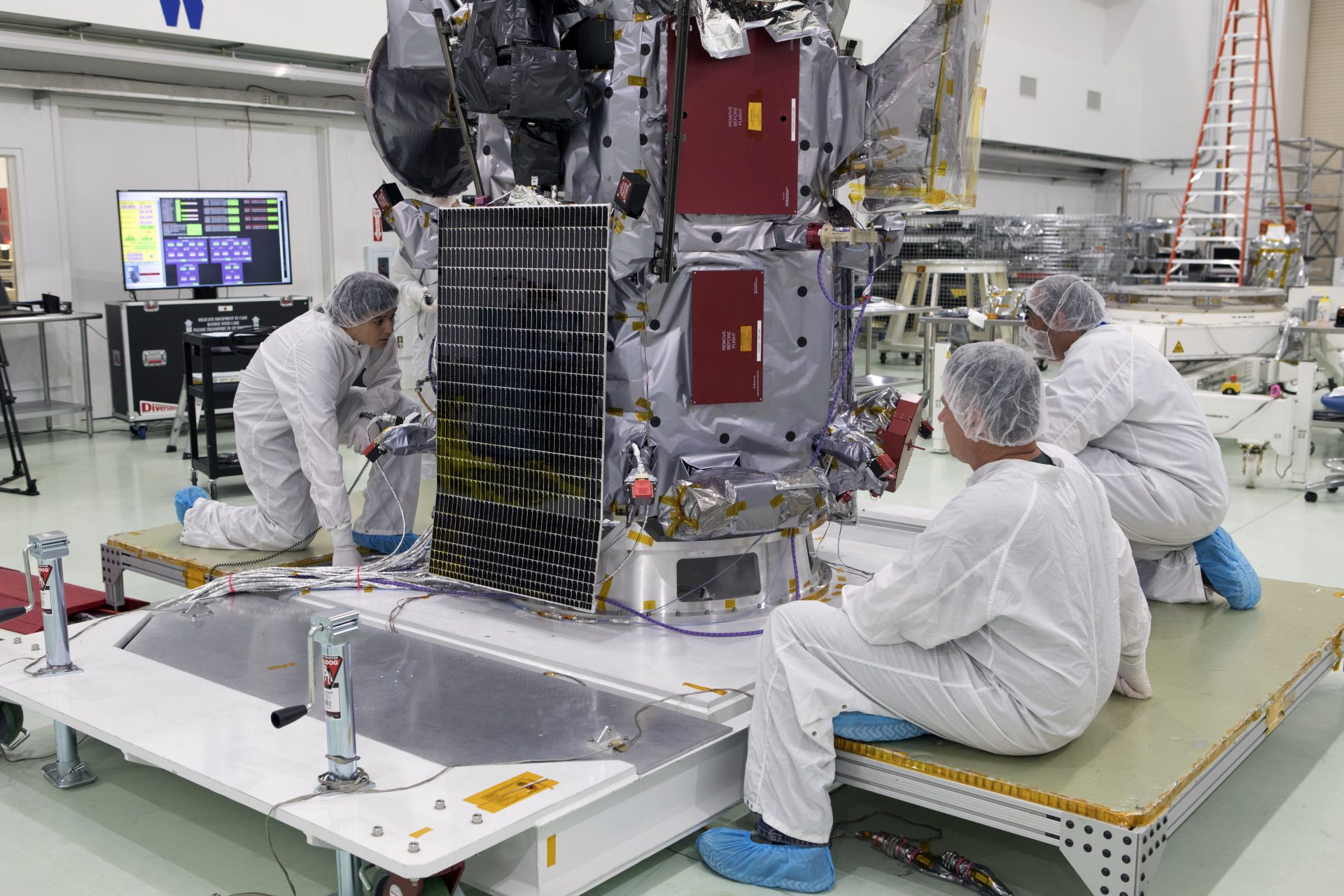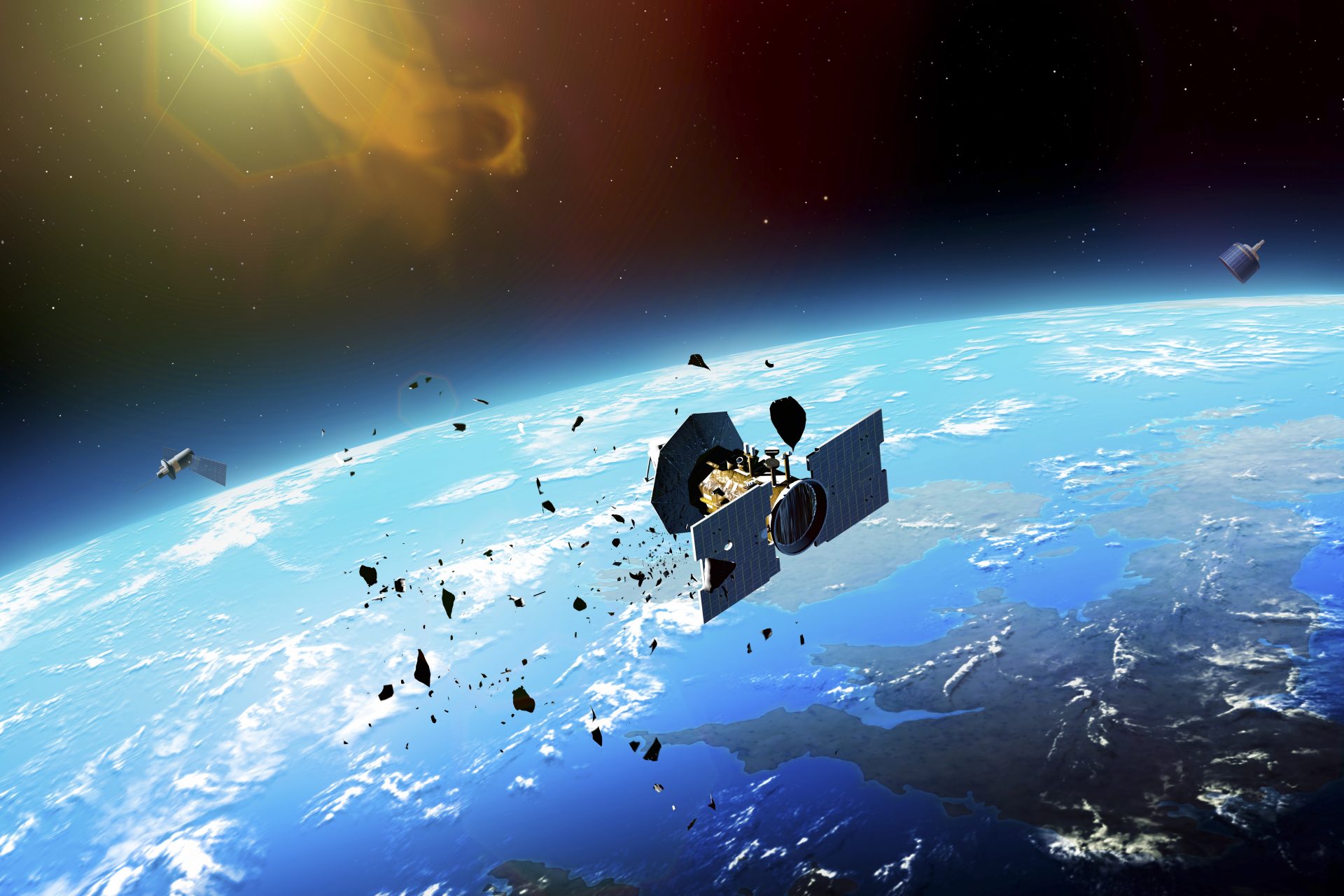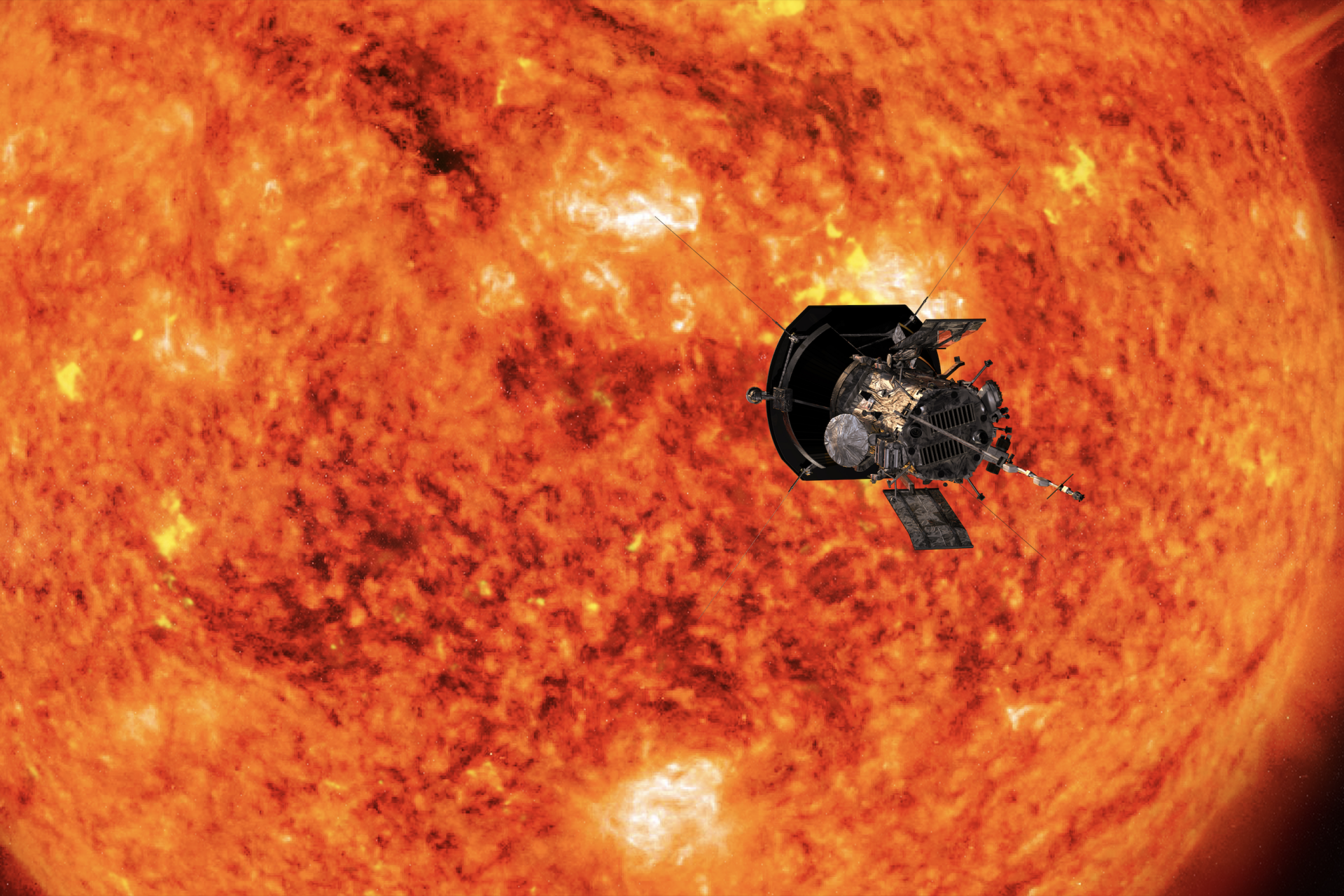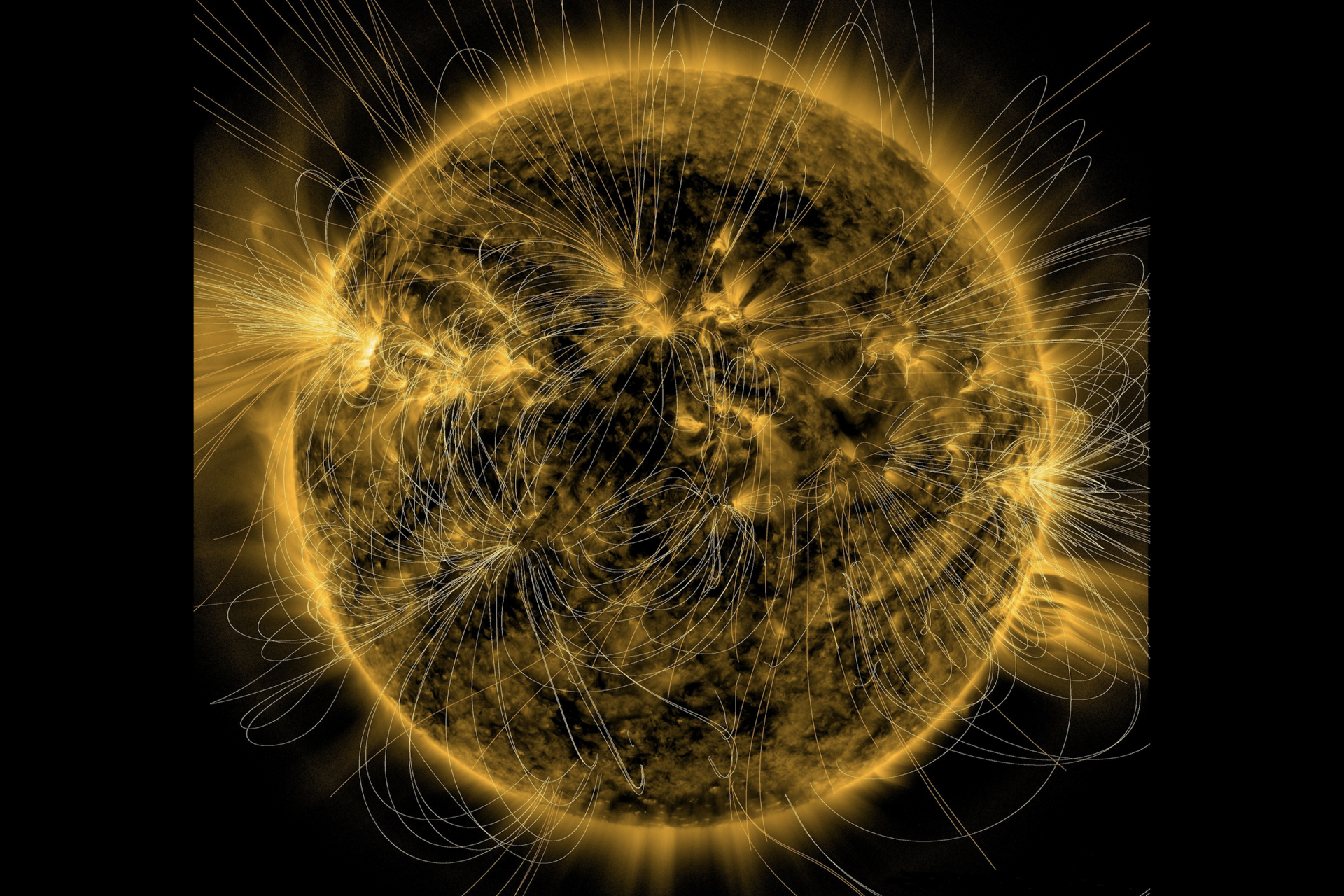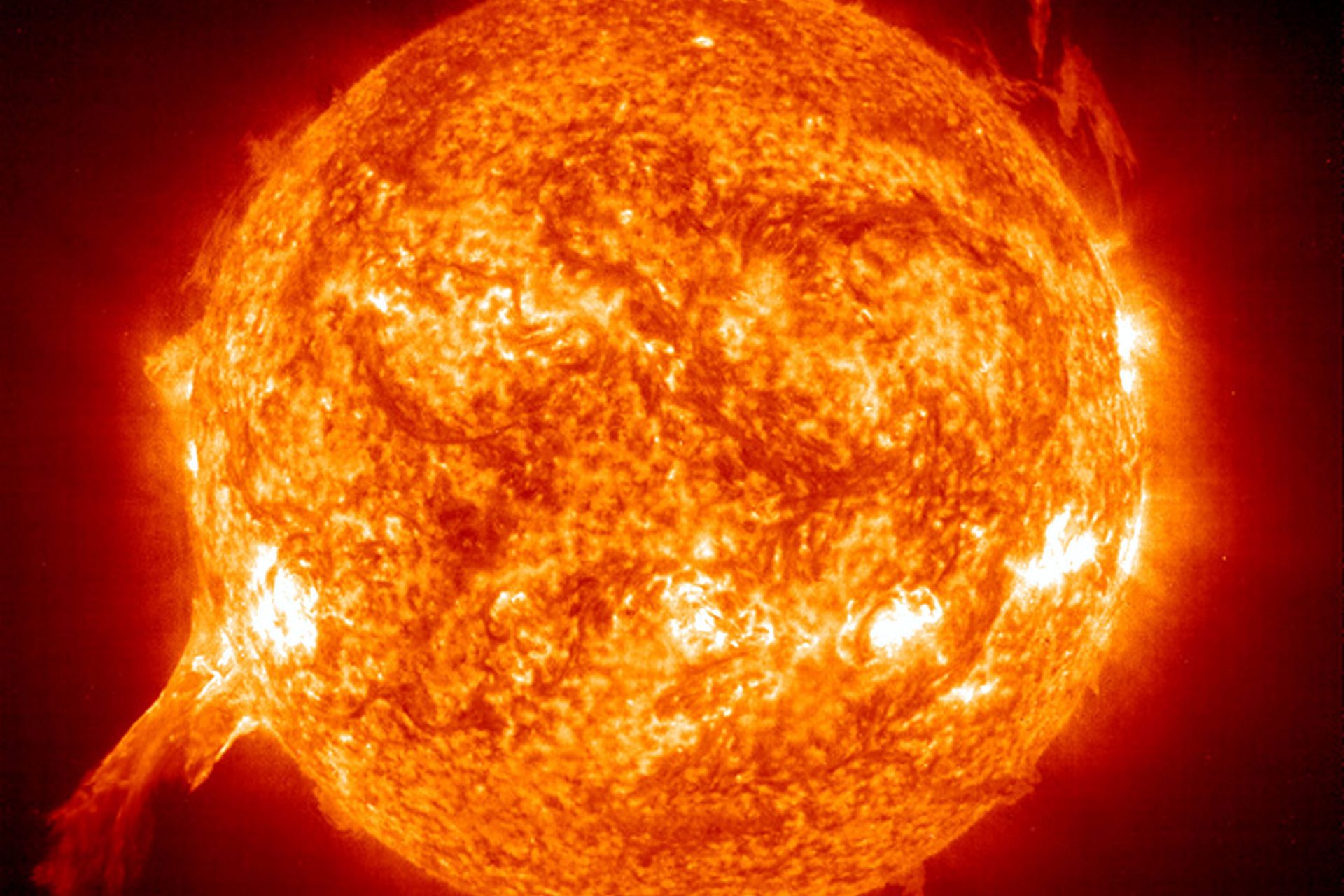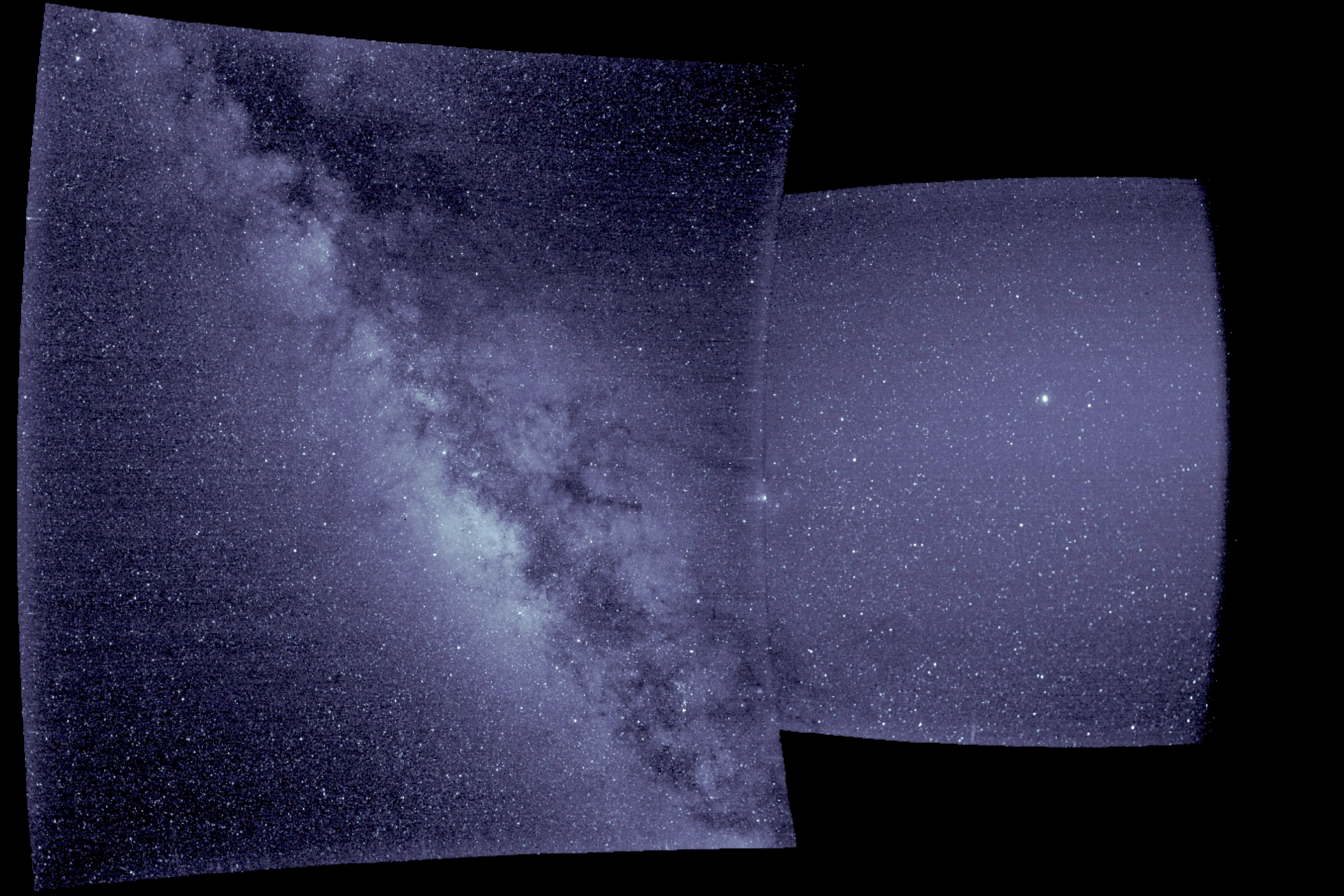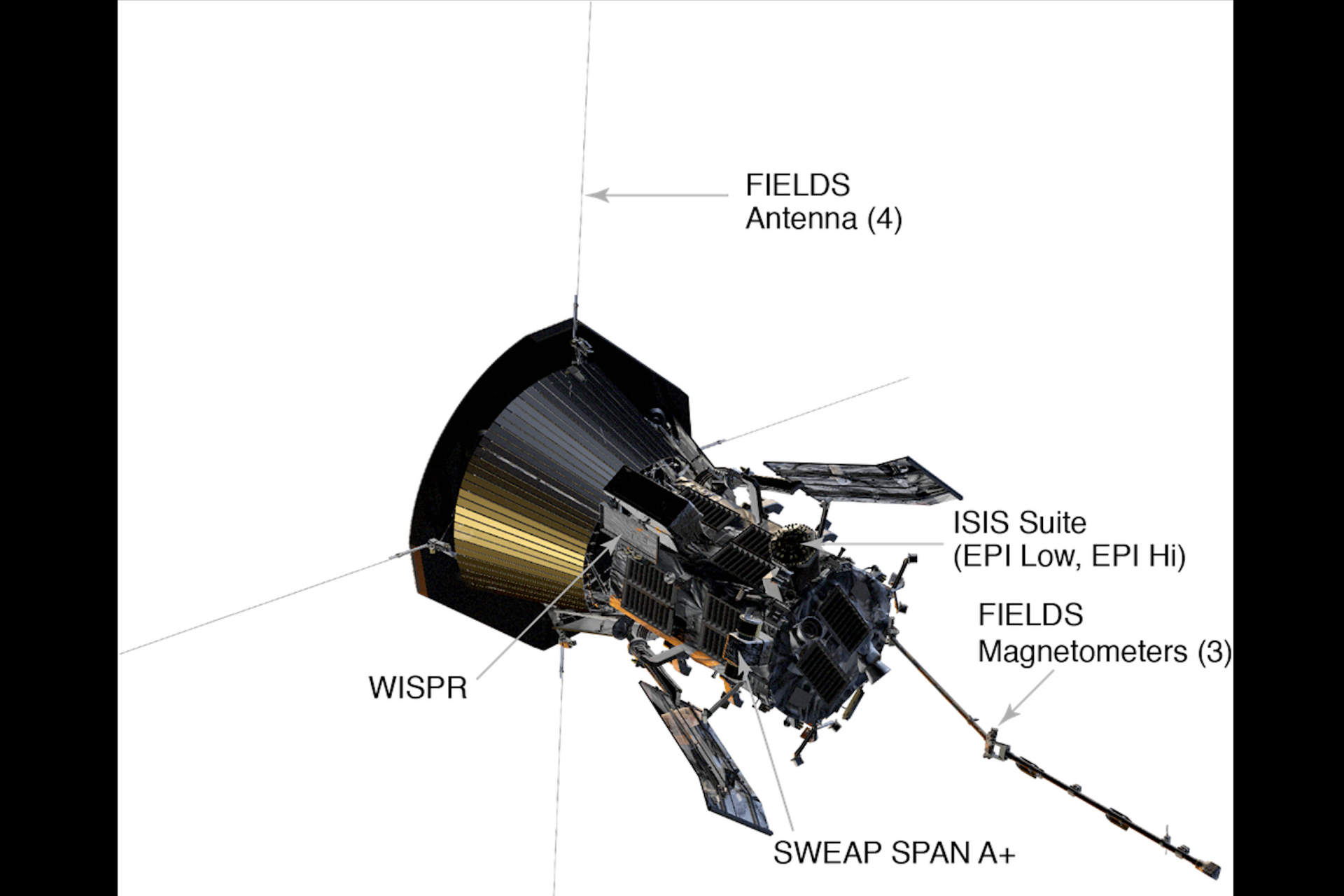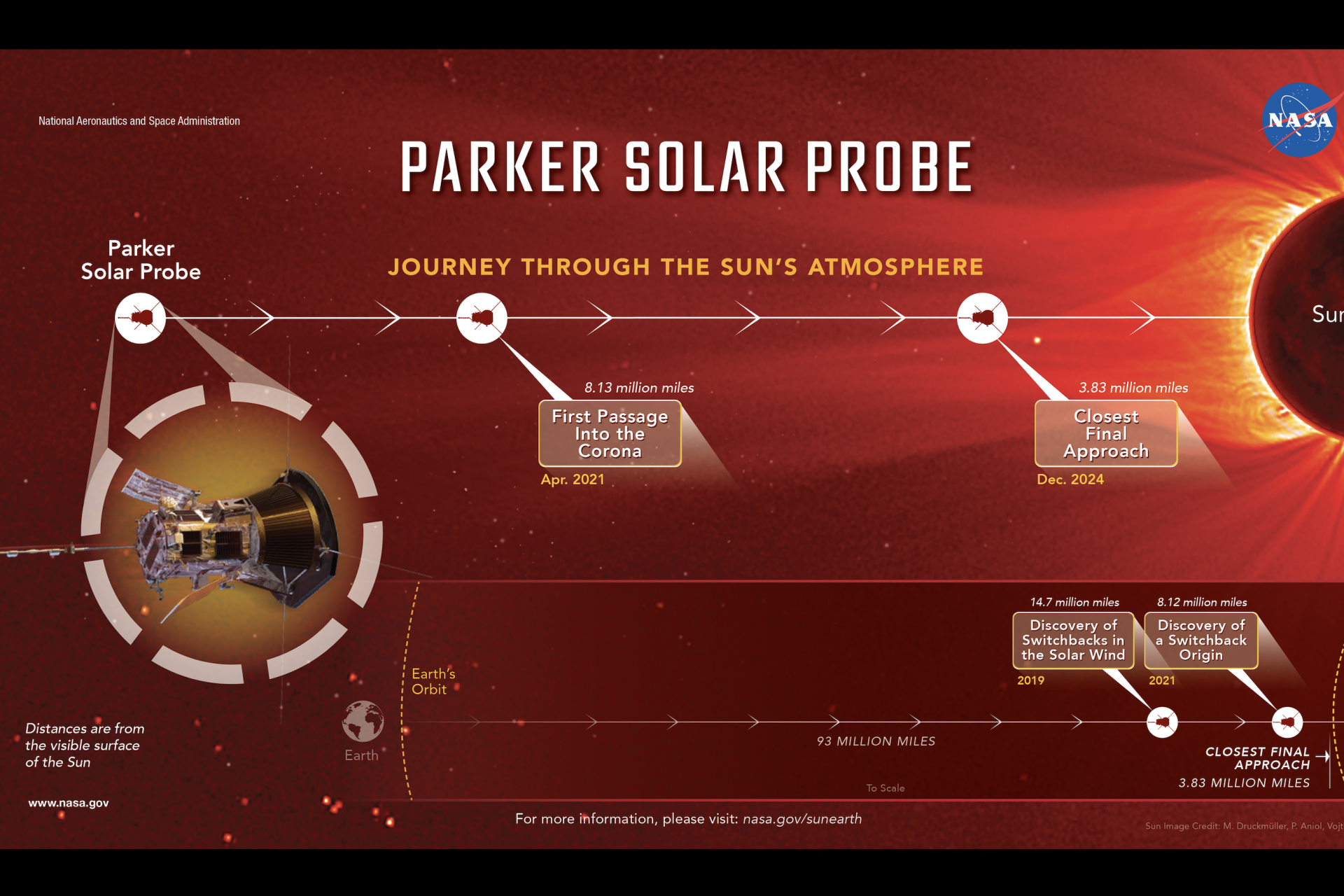How a NASA mission to study the Sun just broke a record
In late December 2024, NASA announced the successful mission of the Parker Solar Probe, which reached the outermost layers of the Sun's atmosphere. This historic achievement not only sets a new record but is also expected to revolutionize our comprehension of solar phenomena.
The probe flew within 3.8 million miles (6.11 million kilometers) above the surface of the Sun at a speed of roughly 430,000 miles per hour (or 692,000 kilometers per hour) according to a report from NASA published on its website.
Photo Credit: NASA/Johns Hopkins APL/Ben Smith
NASA’s Parker Solar Probe moved faster than any other human object ever made and began transmitting its signal back to Earth on December 26th. More passes will follow so that the probe can accomplish its primary mission: studying our Sun.
Photo Credit: NASA/Johns Hopkins APL/Steve Gribben
"Flying this close to the Sun is a historic moment in humanity’s first mission to a star,” explained Nicky Fox, head of the Science Mission Directorate at NASA Headquarters in Washington.
“By studying the Sun up close, we can better understand its impacts throughout our solar system, including on the technology we use daily on Earth and in space, as well as learn about the workings of stars across the universe to aid in our search for habitable worlds beyond our home planet,” Fox added.
In August 2018, NASA launched the Parker Solar Probe in a bid to better understand one of the greatest mysteries still puzzling researchers about the Sun: its Corona. Let’s dive into what researchers recently discovered.
The Corona is the outermost atmosphere of our Sun and is difficult to see without the assistance of instruments. The Corona is visible during a total eclipse, but this isn’t the mystery that’s been baffling astronomers.
The Parker Solar Probe was designed to investigate the temperature difference between the Sun’s photosphere (the big yellow part that we can see) and its Corona, which is vastly hotter than the photosphere.
According to EarthSky, the visible part of the Sun sits at around 6,000 degrees Celsius (11,000 degrees Fahrenheit) while the Sun’s Corona hits temperatures that are as high as 1,000,000 degrees Celsius (1.8 million degrees Fahrenheit) or higher.
“It's like switching on a light bulb, and the bulb is warm to the touch but the air around it is a thousand times hotter,” Space.com wrote about the phenomenon, and researchers have no idea why there is such a huge temperature disparity.
What we do know is that the Corona can’t be heated through a normal process of heat transfer since this would end up violating the second law of thermodynamics. A cooler Sun surface can’t heat the warmer Corona, so what’s causing the heating?
For a long time, scientists have speculated that the Corona was being heated through a process that involved the Sun’s magnetic fields, fields that play a vast role in the Sun. However, this has yet to be proven. But this theory does make sense.
During its 6th flyby of the sun, the Parker Solar Probe discovered strange flips in the Sun’s magnetic field as it approached the star, these later came to be called switchbacks and they could explain the temperature difference between the photosphere and Corona.
Photo Credit: NASA/Johns Hopkins APL/Steve Gribben
“A switchback starts in the turbulent photosphere, where plumes of plasma constantly well up to the surface and slink back down. Sometimes, regions of intense magnetic energy can form, where many field lines tangle up on each other,” Space.com noted.
“Some of these fields are straight, pointing away from the sun. Others loop back to the surface in the shape of a giant horseshoe,” Space.com added. When these fields bump up against one another, they can disconnect and reconnect, creating gigantic kinks.
Photo Credit: Wiki Commons By NASA Goddard Space Flight Center from Greenbelt, Public Domain
The kink in the magnetic fields is what is the switchback and this process can lead to an immense amount of energy being delivered to the Corona, which is what astronomers now think is the most important way the Corona is being heated.
Photo Credit: Wiki Commons By NASA's Goddard Space Flight Center/Conceptual Image Lab/Adriana Manrique Gutierrez, Public Domain
This research is more than just an interesting and possible answer to one of the biggest mysteries about the Sun, figuring out what is causing the Corona’s high temperature is also important for helping us understand phenomena on Earth.
The Sun’s magnetic fields play a big role in space weather, those huge plasma storms that get released from the Sun and affect things like humanity’s satellites, space flight, and power grids all across the world.
“The more we understand about the complex role of magnetic fields throughout all regions of the sun, the better we can predict and plan for solar storms of all kinds,” Space.com explained.
The Parker Solar Probe will complete 24 orbits of the Sun before its mission is over and has already flown seven times closer to the Sun than any spacecraft before it according to NASA. But it broke that record on December 24th, flying the closest to the sun than any object before it.
Photo Credit: Wiki Commons By NASA/Naval Research Laboratory/Parker Solar Probe, Public Domain
At its closest approach, the Parker Solar Probe was set to fly within 3.9 million miles (6.2 million kilometers) of the Sun, which it was believed wouldn't be a problem for the prove since it was designed to handle temperatures upwards of 2,500 degrees Fahrenheit (1,377 Celsius).
Never miss a story! Click here to follow The Daily Digest.
Photo Credit: Wiki Commons By NASA / JPL, Public Domain
The Parker Solar Probe will make its next planned close solar passes on March 22, 2025, and June 19, 2025, according to NASA.
More for you
Top Stories



